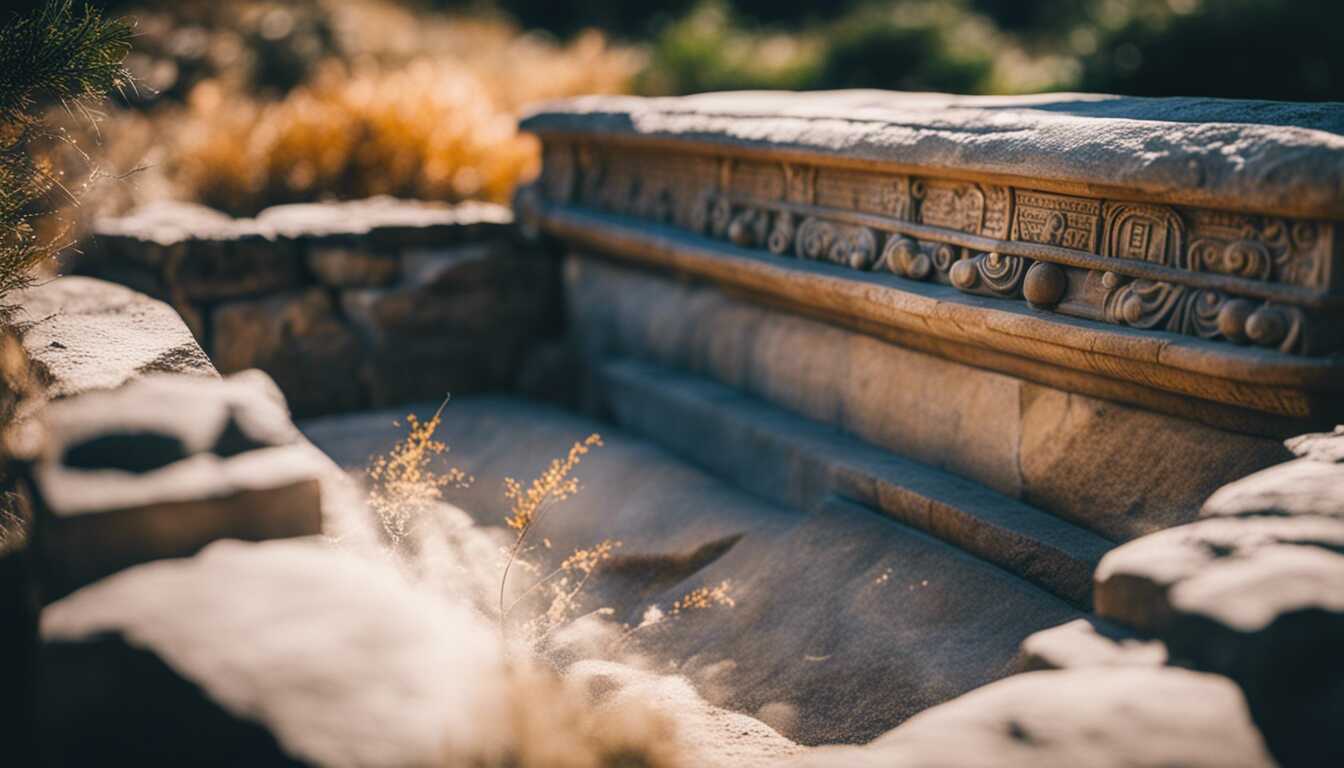
Unearthing Bulgaria’s ancient Roman tombs: A farmer's surprising discovery

In a remarkable turn of events, a farmer in Bulgaria stumbled upon a significant archaeological find while plowing his field. What he initially thought was a large stone turned out to be the lid of an ancient Roman tomb, dating back 1,700 years. The discovery, located in Nova Varbovka, has shed light on the lives of wealthy landowners or high-ranking residents from the 3rd century A.D.
Unexpected discovery
While operating his tractor in the rural fields of Bulgaria, a farmer encountered a large stone obstruction. Upon investigation, human bones were exposed, prompting the farmer to report the find to local authorities. Subsequently, archaeologists were alerted and swiftly arrived at the site. To their amazement, it was discovered that the farmer had unwittingly unearthed an ancient Roman tomb.
Archaeological unveiling
The exposed tomb led to the unearthing of a second stone tomb within the same field. The graves, constructed with bricks, stones, and mortar, were covered by substantial limestone slabs. Inside the smaller tomb, archaeologists found the remains of a toddler, along with gold earrings, a necklace, coins, and a remarkably rare medallion depicting a Roman emperor. Meanwhile, the larger tomb, measuring approximately 10 feet in length, contained the remains of a man and a woman, aged between 45 and 60 years. This tomb also housed various items such as coins, gold earrings, glass bottles, a lamp, and a necklace. The artifacts found led researchers to conclude that the deceased were likely affluent individuals, possibly from the same family.
Historical significance
The discovery of these 1,700-year-old Roman tombs has provided valuable insight into the lives and burial practices of inhabitants from the ancient Roman era. Believed to date back to 200 to 250 A.D., the tombs are estimated to belong to a family, with the smaller grave likely being the resting place of a child and the larger one housing the child's parents. The artifacts and the construction of the tombs signify the wealth and social status of the deceased individuals. While DNA analysis of the skeletons is pending, it is anticipated that further revelations will come to light.
Ongoing research
The excavations, carried out in December, have captured the attention of researchers, who are eager to conduct additional analyses, including DNA testing of the skeletal remains. The findings from this discovery have the potential to contribute significantly to the historical and archaeological understanding of the region. Positioned in the village of Nova Varbovka, approximately 130 miles northeast of Sofia, Bulgaria, this unexpected archaeological revelation has garnered widespread interest and raised anticipation for further revelations from this site. As researchers delve deeper into the historical significance of these tombs, the world eagerly awaits further insights into the lives of these ancient Roman inhabitants.
Share news















